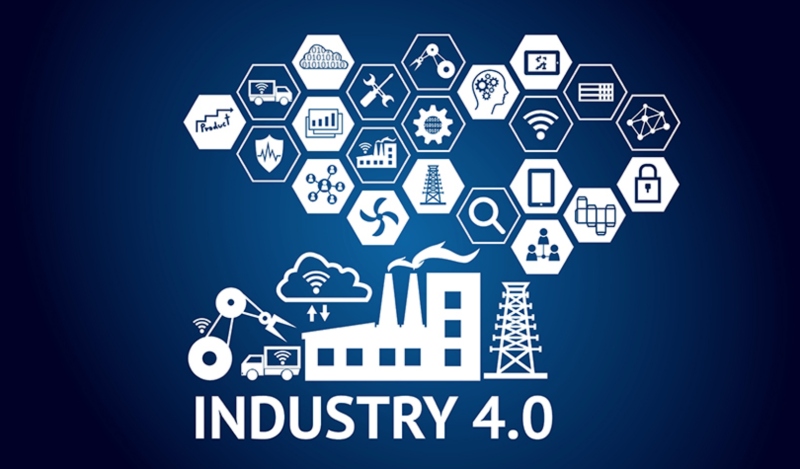
In recent years we've witnessed massive technological improvements and innovations that re-shaped how industrial objects look like and work. This shift was called an Industry 4.0, i.e., a new phase in the Industrial Revolution that focuses heavily on connectivity, automation, machine learning, and real-time data, all for increasing the productivity, fueling effectiveness of business processes and lifting up the level of security.
IoT and big data
The primary trend of Industry 4.0 is embedded computing. More and more devices will be able to communicate and interact not only with human operators but with one another. This is already used by collecting massive amounts of data, analytics, and decision-making.
For example, there are already connected sensors that allow real-time monitoring for oil pipelines. These sensors are useful for oil transportation analysis and forecasting. Such smart pipes can study oil composition, pressure, and dozens of other parameters, to prevent any possible problems.

Smart tracking technologies
Good old plants were quite dangerous places with a lack of control. There've always been accidents involving workers and costly equipment. Plant management rarely could really control what was going on.
Now there are smart BLE beacons throughout the plant, which monitor employee's, machines, and equipment locations and state in the real-time, this allows you to optimize the workload, investigate accidents faster, and prevent problems in the future.

If goods, materials, or equipment like, say, a costly aluminum CNC machine is moved around using ineffective routes, this also may cause additional expenses in terms of fuel and a lack of efficient business processes. New tracking tech aims to fix this.
Augmented reality
AR-based systems find their way in the modern industry. You can find such solutions working in warehouses, plants, etc.
With augmented reality, you augment the real world image with digital characters, images, or content. You can also overlay text, stats, and information relevant to the worker's current task. Looking at a furnace or piece of equipment might show its current running temperature, revealing it as hot and unsafe to touch with your bare hands.

There are multiple practical applications of industrial augmented reality, including employees training, infrastructure monitoring and maintenance, and much more.

